If steve wynn's gay alter ego didn't point it out, odds are almost nobody would ever notice. In fact, even with him pointing it out, it takes a minute to figure out what Roger Thomas is talking about. There's a small oval window about 15 feet above the corridor that connects the casino to the shopping arcade at Wynn's new $2.3 billion resort, Encore, and it is framed by white clamshell-lined molding. It's hard to see, perched as it is behind a colorful five-foot-tall pineapple-shaped chandelier, so its very existence would seem to be unremarkable.
Thomas, however, looked at the window in the drawings at some point during the property's design and found it lacking. On his desk at the time were samples of various leaf shapes, which in turn inspired the decision to crown that somewhat obscure window with shimmering gold laurel branches. "It was just sort of a natural," Thomas shrugs.
And yet anyone even vaguely familiar with what Las Vegas has historically been about knows there is nothing natural about such an effort in a city cluttered with fakery and replicas of world landmarks, at least not until the billionaire whose name is emblazoned everywhere set Thomas loose, first at Bellagio in 1998, then at the elegantly unthemed Wynn Las Vegas in 2005, and now the latter's five-month-old sister, Encore.
"It's all Roger's design," Wynn says. "Whatever his sensibility is, whatever ends up in those sketchbooks of his that he always carries with him, wherever that creative genius is that he has, Roger Thomas has transformed Las Vegas with it."
Neither Wynn nor his wife, Elaine (the couple filed for divorce on March 5), is comfortable identifying that sensibility as specifically gay, but both date Thomas's creative blossoming directly to the mid 1990s, when, after two marriages and four engagements to women, he came out of the closet at 45. Now 57, he says today that he could no longer hide his same-sex desires -- from himself or others -- after developing an intense infatuation with a male business associate.
Shortly after he came out, three of his brothers staged an intervention, forcing Thomas into treatment for alcoholism. "The minute he was ready to deal with those things, that liberated him," says Elaine, a Wynn Resorts board member who is widely credited as a key player in her husband's visionary success. "It was like watching a dove come out. It freed his spirit."
Or, to hear Thomas put it: "Authenticity begets authenticity. My work matured really quickly when I was all of a sudden able to be who I really was. That's what creates really great work. I don't know that I didn't occasionally temper ideas or concepts I had for fear that they would look too gay, whatever that is," he says referring to his work at the Mirage and Treasure Island hotels. "E,f;'That's a little out there, that's a little fey, maybe I won't do that, maybe I'll butch that one up.' I think I might have done that."
There was no grand announcement of his sexuality. In fact, neither the Wynns nor Thomas can even remember exactly how he let it be known. As for his alcohol recovery, Thomas recalls being ensconced at Scripps McDonald Center for his treatment when a note came in from the Wynns: "Don't worry about your office. There will always be another project, there will only be one of you. Take care of yourself."
Roger was actually the second Thomas to transform Las Vegas. The first was his father, E. Parry Thomas, patriarch of one of the many old-line Mormon families who moved to the city after World War II. The elder Thomas opened a bank branch and then became the only banker willing to lend capital to casinos, taking some repayments in shares of the business and then becoming very rich as the city exploded.
By the early 1970s, Thomas had befriended a young casino executive named Steve Wynn; Thomas helped finance Wynn's Golden Nugget hotel. The two families owned homes in the ski town of Sun Valley, Idaho, where they spent Christmases together, and Parry Thomas often referred to Wynn, whose own father had died when he was 21, as his fifth son.
Young Roger was always a Thomas of a different feather. While his siblings took to the family business of banking and two of his brothers became bishops in the Mormon Church, Roger curled up at a young age with his mother's Vogue magazines and spent much of his time sketching. "I was very prone to costume," he says. "I was phenomenally flamboyant. I'd come out with five scarves tied around my neck."
Yet it was his rambunctious, defiant nature that confounded his parents more than his evident effeminacy, which he says was not spoken of. As a teen, he was arrested for drug use and warned by a judge that he was ruining his life. "I told him he was wrong, that I was an artist and that this was simply one of the credentials I would need in the world to be an artist," Thomas says. "He suggested at the end of my lecture that I might want to leave the state because if I got into any further trouble, he was going to make it very hard for me."
He did. Thomas left the following January for Interlochen Arts Academy in Michigan, a small boarding high school "that didn't have a football team but had two symphony orchestras." He felt nurtured and valued there and would go on to earn an art history degree from Tufts University.
During college Thomas began tapping his family's connections to break into the design universe. The Thomases summered in Newport Beach, Calif., so Parry Thomas arranged for his son to work in the Beverly Hills office of Yates Silverman, then the go-to design house for Vegas casinos and banks. Roger showed immediate flair, taking small assignments like the ceiling of an elevator at the now-gone off-Strip Showboat hotel, which he designed in Victorian-style stained glass. He would spend seven years running the Las Vegas office of Yates Silverman before the Wynns cornered him in 1982 at a benefit for the Nevada Dance Theatre.
"So, what are you up to?" Elaine Wynn asked at the time.
He was designing penthouses for the Stardust Hotel-Casino and had recently redone his first casino, the now-shuttered Lady Luck, in a Saturday Night Fever motif. ("Thank God that's gone," he blanches today.)
Steve jumped in. "I'm working on Victoria Bay," he said. "Come design the rooms for me."
Victoria Bay was a planned megaresort that was never built, but it became the basis for the Mirage, which opened in 1989, and Thomas spent the intervening years designing the high-roller rooms at the Golden Nugget for Wynn, the first truly extravagant suites in the city. When Wynn started planning the Mirage, he put Thomas in charge of the rooms but found himself continuously unhappy with proposals from designers for other parts of the resort. "He'd say, 'Nah, Roger can do better than that,' so I was assigned the coffee shop, the buffet, the meeting rooms, and the spa," Thomas recalls.
From then on he was the artist who filled in the details of Wynn's broad brushstrokes. The wildly successful Mirage sparked a building boom on the Strip and within the company, and it begat the pirate-themed Treasure Island, Wynn's 1993 play for the mid-market. Those were warm-up acts for Bellagio, the Italian-inspired resort with the famous dancing fountains, which was in turn a precursor to Wynn Las Vegas and now Encore.
One week before the 2,000-room curved bronze tower of Encore opened in December, Roger Thomas wore a pink hard hat with the name wynn emblazoned in clear rhinestones across the front. He stood outside with a crew of burly workmen trying to determine the precise positioning for a trio of 10-foot pale-green urns that stand inside a window at the front of the resort's lobby. "I just painted these yesterday-what do you think?" he asked flippantly.
You think the obvious thought: How does the head of design for a multibillion-dollar resort, a man responsible for the health of every flower, the placement of every bit of artwork, the resolution of a thousand little problems a minute, have the time to paint flowers and Greek mythological figures on some pottery just days before an opening?
"I was crazy nuts," he says weeks later, a grin pushing up the purple glasses on his craggy face, "but I needed a focal point there and I couldn't go out to buy it. It gave me was time to decompress and solve those problems."
Perhaps, but it also reflects the extent to which one man is so involved in the details of a building. He's caught moving various art objects to the precise spaces on tables where he wants them. "Most of the housekeeping crew, I've trained them and gone over it, and we've done photographs, but it's very difficult," he says, exasperated. "So I walk through the hotel all the time rearranging accessories."
Even more startling, though, is that Thomas has a story to go along with each of those accessories and design choices, right down to the laurel branches around that obscure corridor window. He explains, "I do that so that on your eighth trip through, there's something new you can discover. There are components of mystery in all my interiors."
To that end, Thomas spends his life traveling the globe spending Wynn's money, buying this eclectic pottery or those antique sconces or that unusually colored fabric and stowing it in the Vegas warehouse until there's an opportunity to deploy it. His indefatigable pace and encyclopedic knowledge of art, art history, and design are impressive. Elaine Wynn tried to keep up on a trip to Chicago a few years ago when they were seeking art for the Wynn Las Vegas rooms. "We started very early and we're going through various galleries, and everything we looked at, he could comment on," she recalls. "'This looks like such and such,' he'd say, and then I'd have to ask, 'What was such and such?'E,f;" Inspirations can strike at any time and can bubble up from long-ago memories. The 25-foot drapery with hand-sewn roses that forms the backdrop for the dramatic sunken dining room at the Alex restaurant in Wynn sprang, for instance, from a memory of a Balenciaga ball gown Thomas saw in a Vogue more than four decades earlier, when he was 9.
One place from which Thomas does not get ideas, however, is other casinos. "I don't have any expectations of learning anything there," says Thomas, who in 2007 was included on Architectural Digest 's list of the world's top 100 designers. "I am specifically not wanting to be influenced by that stuff. I don't want it to pop up in my work. My learning takes place in museums, on walks in parks, in really great pieces of architecture."
A rowdy group of college-age men bounces by Thomas in the Encore casino just as he is explaining the process that produces the deep red glass of the room's chandeliers. They're the sort of fellows for whom Las Vegas was originally built, the kind who wouldn't notice a laurel branch adorning a window or the fact that the butterflies in the carpet represent not only the metamorphosis of lowly caterpillars into beautiful creatures but also, to Thomas, the transformation of sticks, glue, and wool into the beauty of a designed interior.
Far from being insulted by the lack of appreciation, Thomas watches them with a sense that he has pulled off something of a subversive victory for gays. "They reward my designs by laying down money, by using it to impress their girlfriends," he says. "They gain status from what I do; they gain pleasure whether they realize it or not. I don't have to be in their face about it."
Well, sometimes he does. He's a largely beloved figure even among the construction crews he bosses around, but in one famous instance, a worker arguing with Thomas on a job site muttered the word "f****t" as Thomas walked away. The designer swiveled on his feet, marched back up to the offender, and barked a line that would've made an Army drill sergeant proud: "That's Mr. f****t to you." "He just said, 'Yes, sir,' very meekly," says Thomas, who could have had the man fired but didn't. "He wasn't used to anybody coming back at him with that kind of authority."
Thomas didn't need to school the Wynns on gay sensitivity. The couple are friends with the likes of David Geffen and Sandy Gallin. But after Steve Wynn asked his executives to donate to the reelection of George W. Bush in 2004, Thomas leveraged the favor by urging Wynn to provide domestic-partner benefits for the company's employees.
Wynn and Thomas seem to have a comfortable gay-straight patter. Thomas will mock his boss when they disagree by saying, "I know you feel that way because you're straight. You can't help it. You were born that way, and nobody's perfect." For Wynn's part, on a pre-opening tour of Encore, the mogul pointed out female nude figures ensconced in gold along the walls of the nightclub XS. When asked whose idea that was, Wynn cracked, "Roger Thomas, if ya can believe that!"
While thomas has layered explanations for the Encore butterfly motif, his husband, fellow interior designer Arthur Libera, sees yet another. With the completion of Encore, Thomas concludes his service with the Wynns in June, turning over the pink hard hat to another gay designer, Jerry Beale, to focus on developing his furnishings line. It's not an unexpected decision -- he's been commuting to the home he and Libera share in Marin County, Calif., weekly for years -- and he's been itching to live somewhere other than Vegas.
"He's becoming the butterfly of many colors," says Libera, who married Thomas in 2005 in the first wedding to take place in the Wynn Las Vegas chapel. The pair were also wed in California last fall prior to the passage of Proposition 8. "He's leaving to be on his own to take full recognition of his own work."
The Wynns, supportive as they are, can't believe he'll soon be gone.
"I'm in denial," Elaine Wynn says. "Roger is our brother. It's right for him at this stage of his life to move on to whatever it is he wants to do now. It was divine intervention the day Roger came into our professional life. Roger got an opportunity to grow and make an extraordinary name for himself in projects that just don't exist anywhere else in the world. He was given multiple canvases to work on. It was very Medici-like."







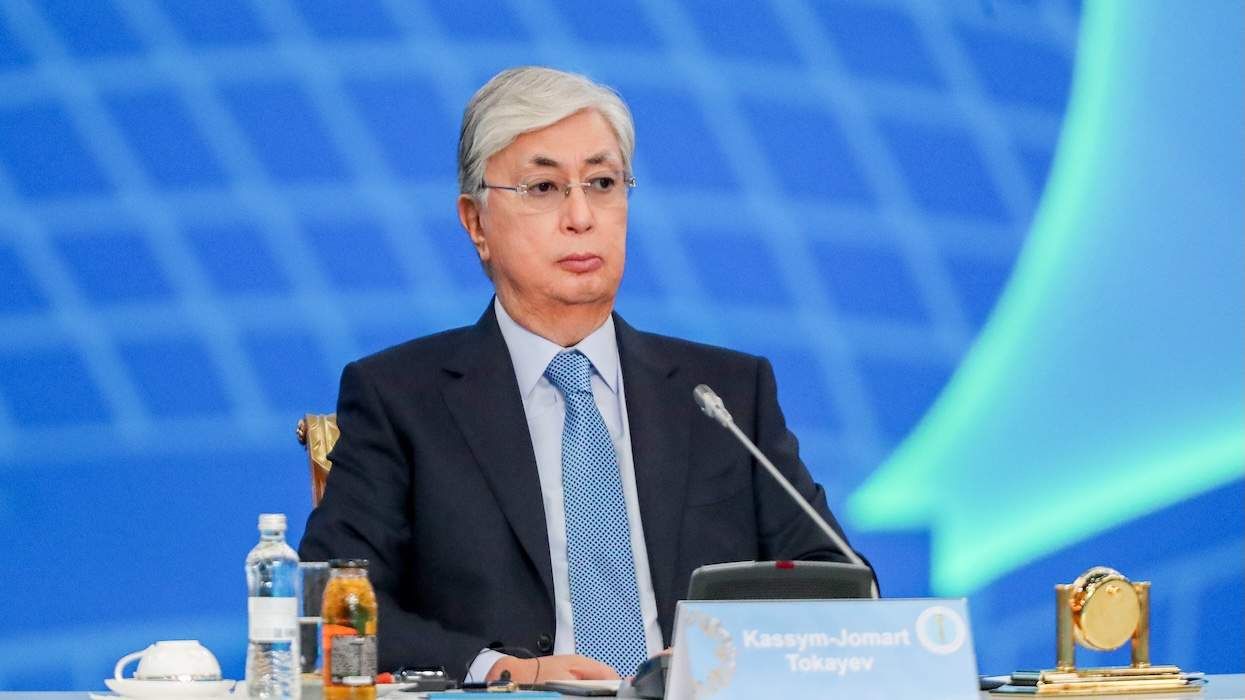

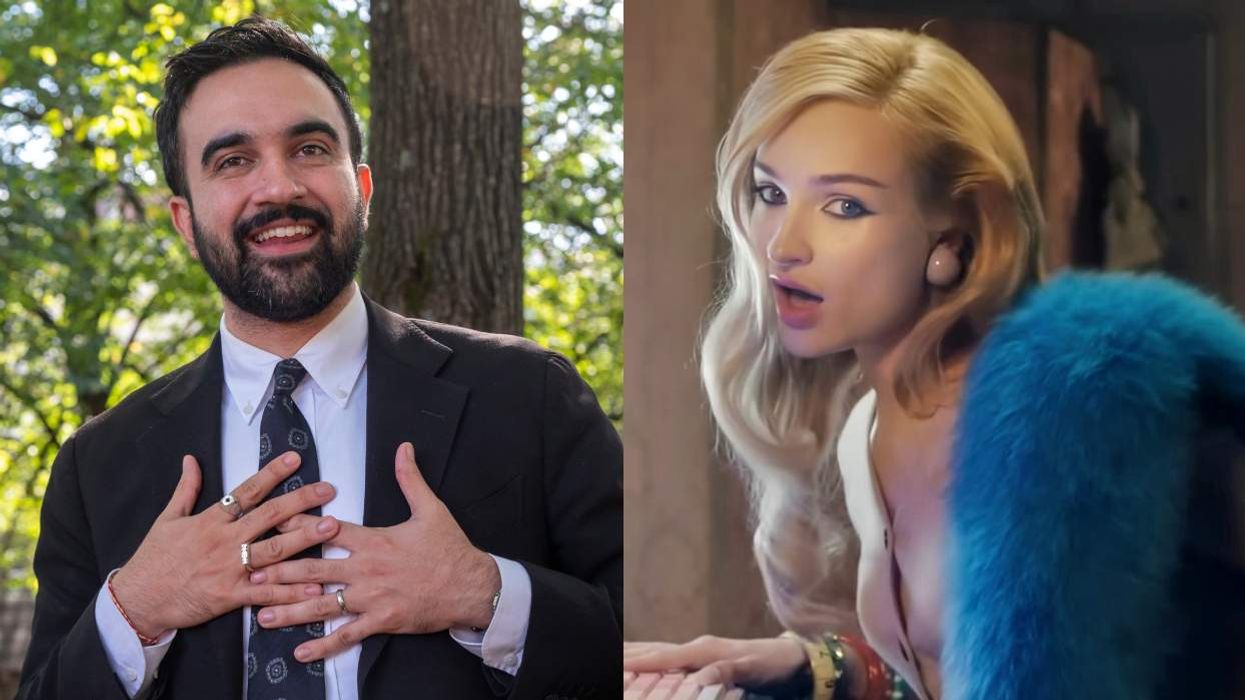
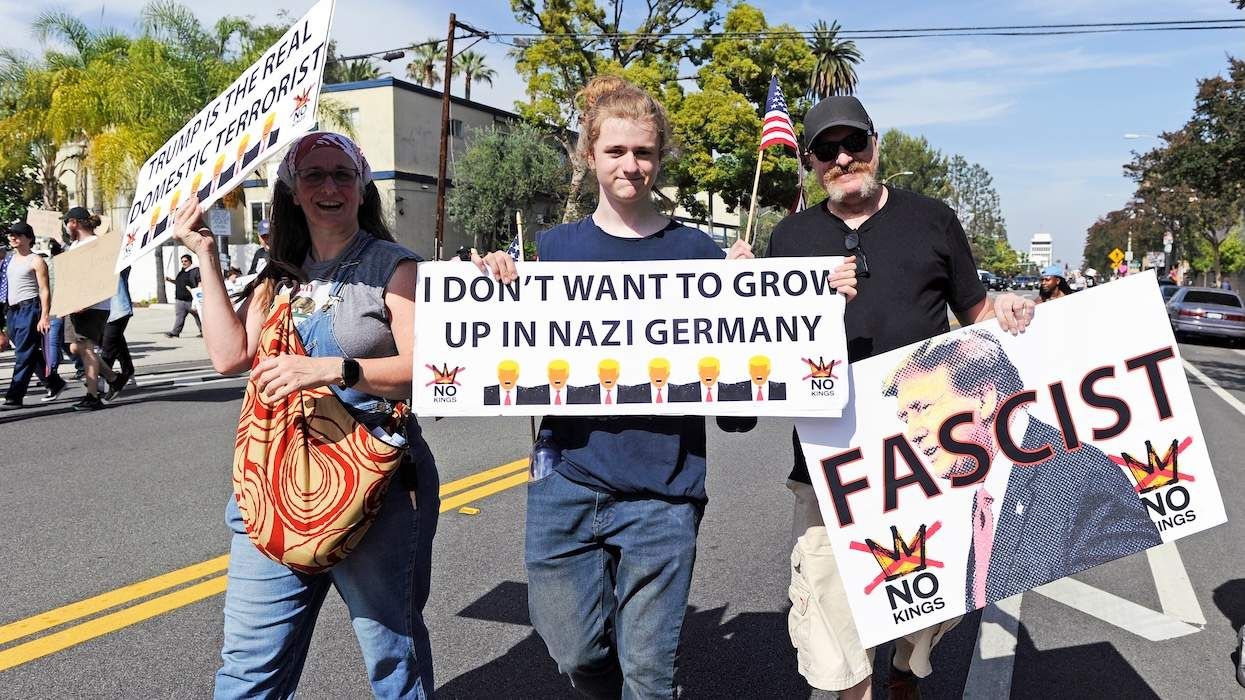
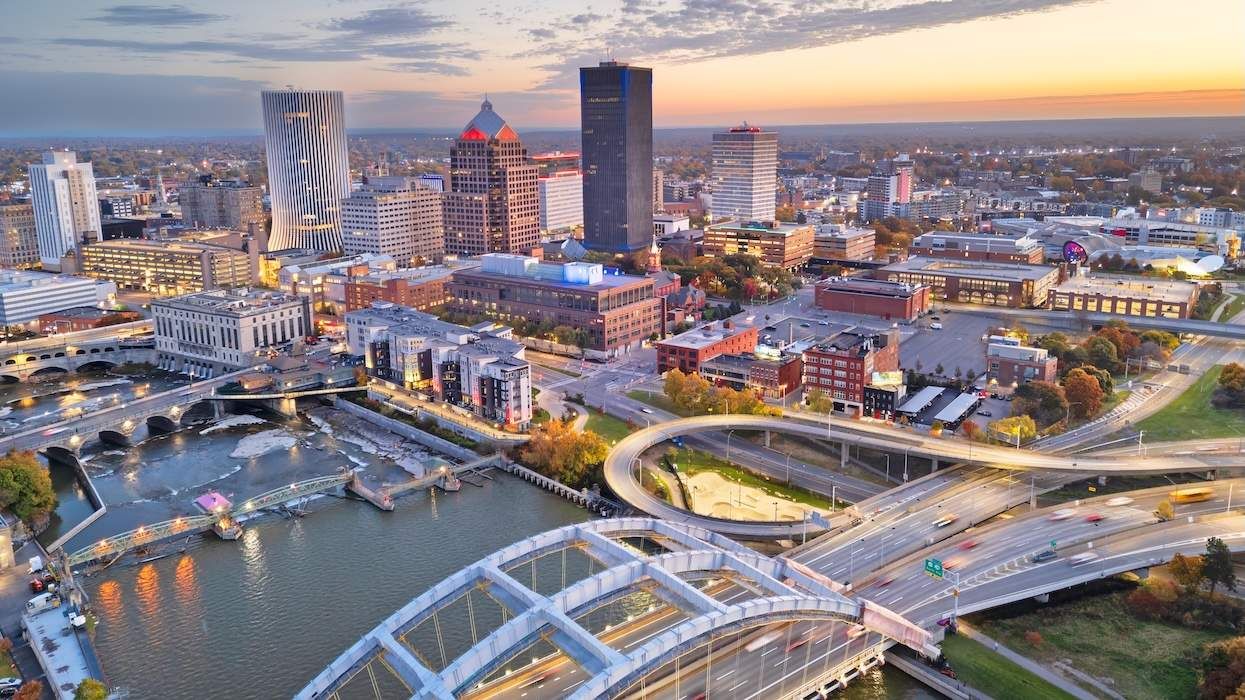
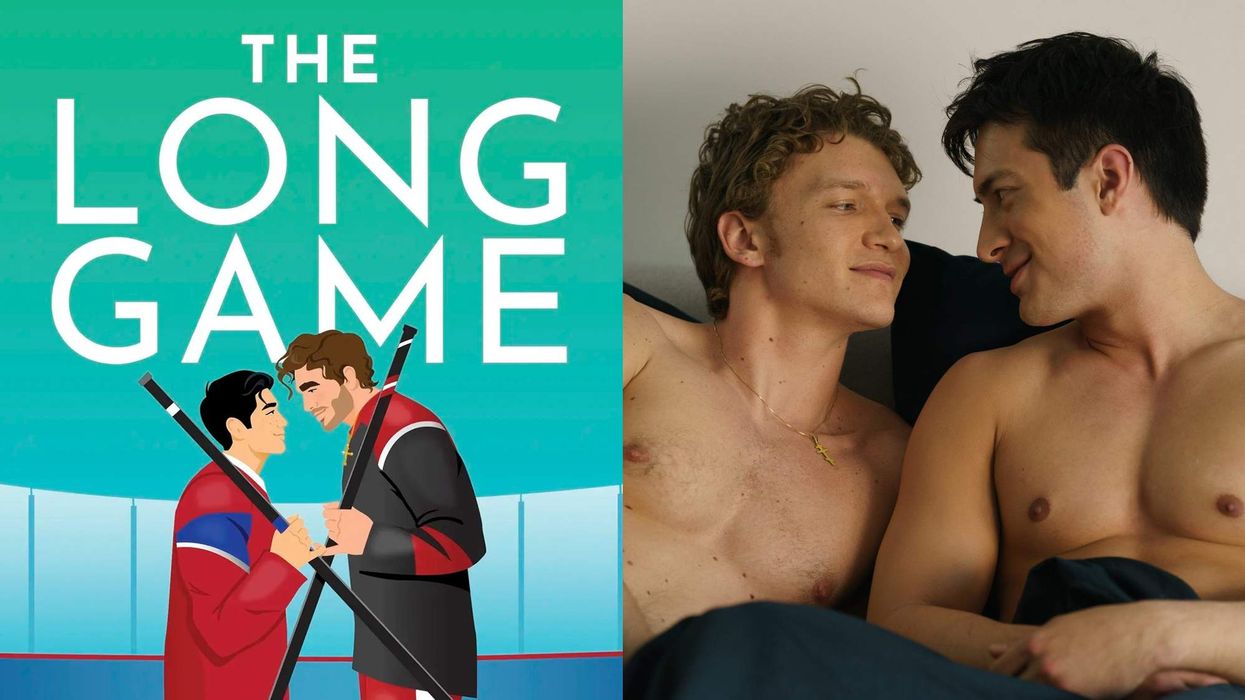
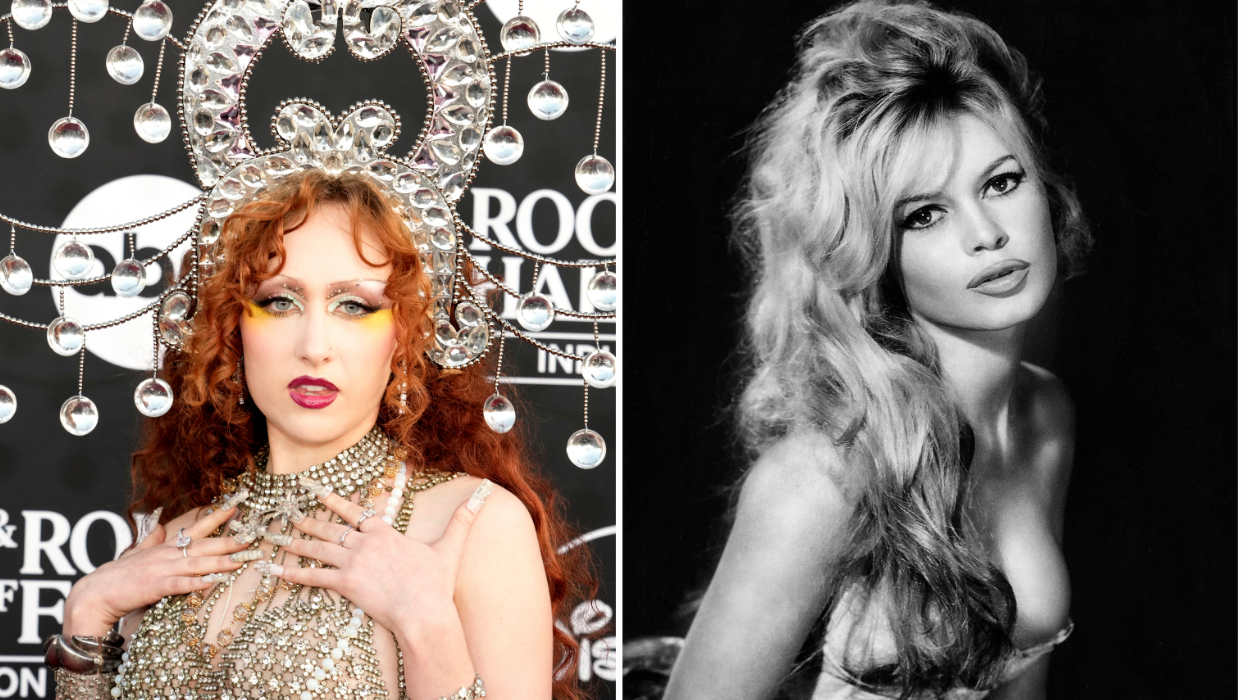

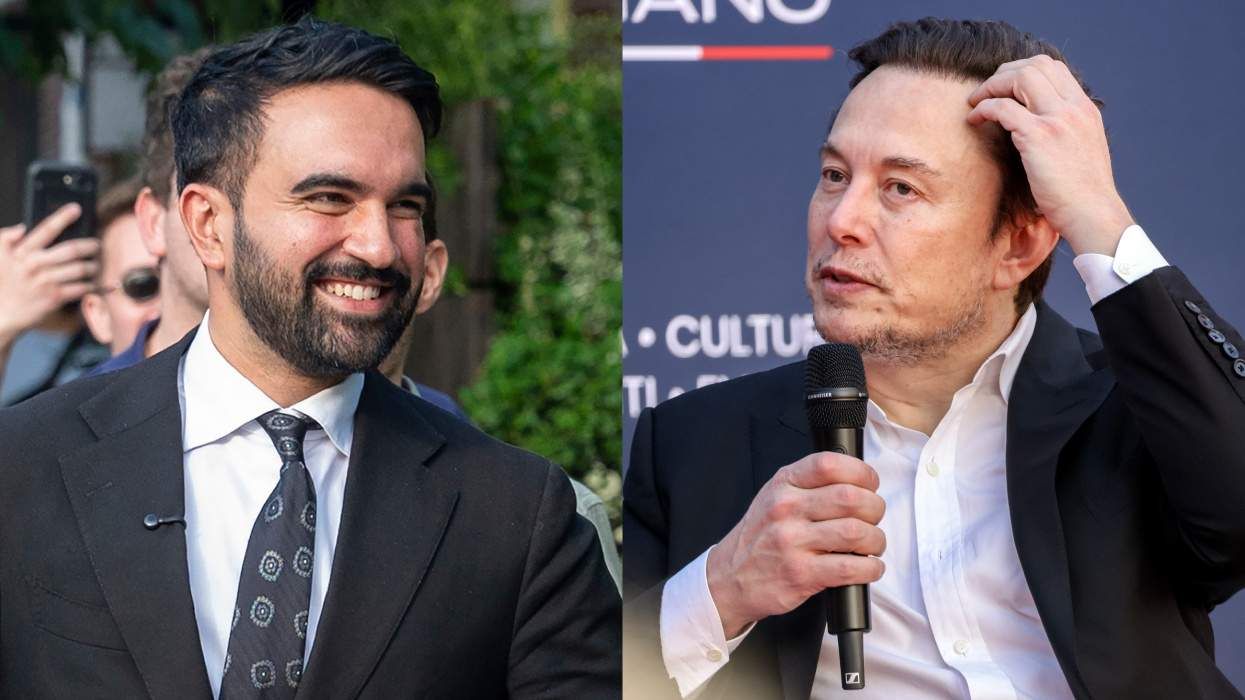
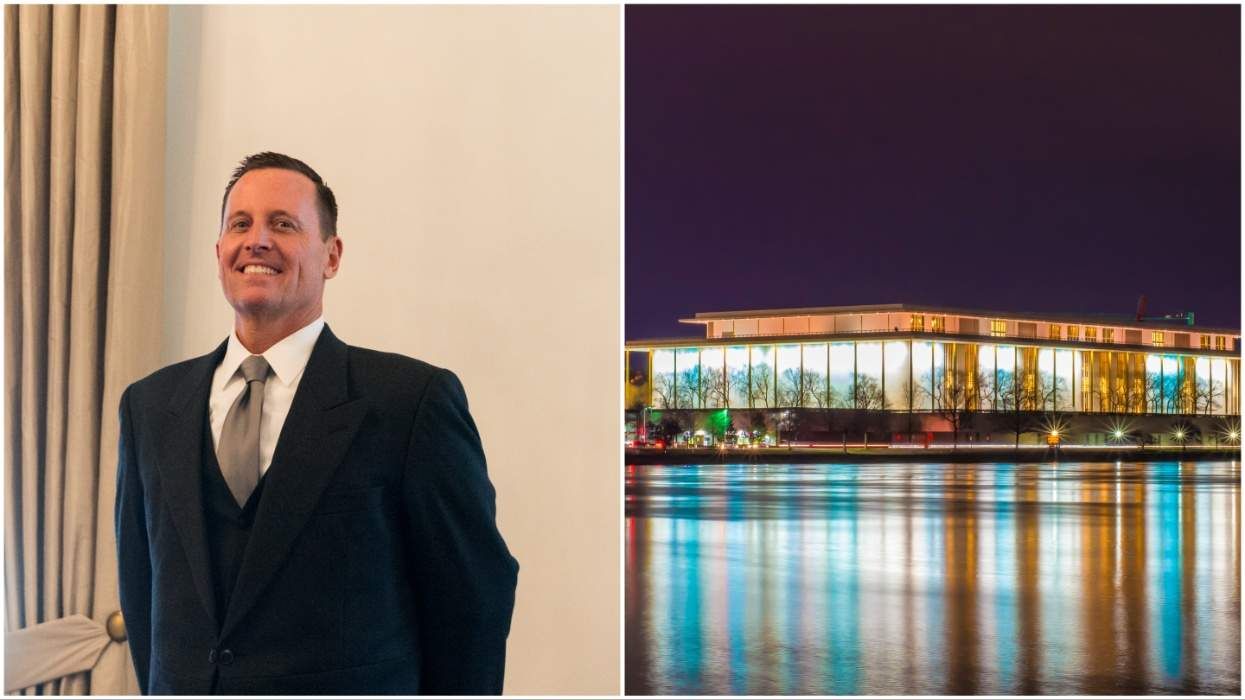

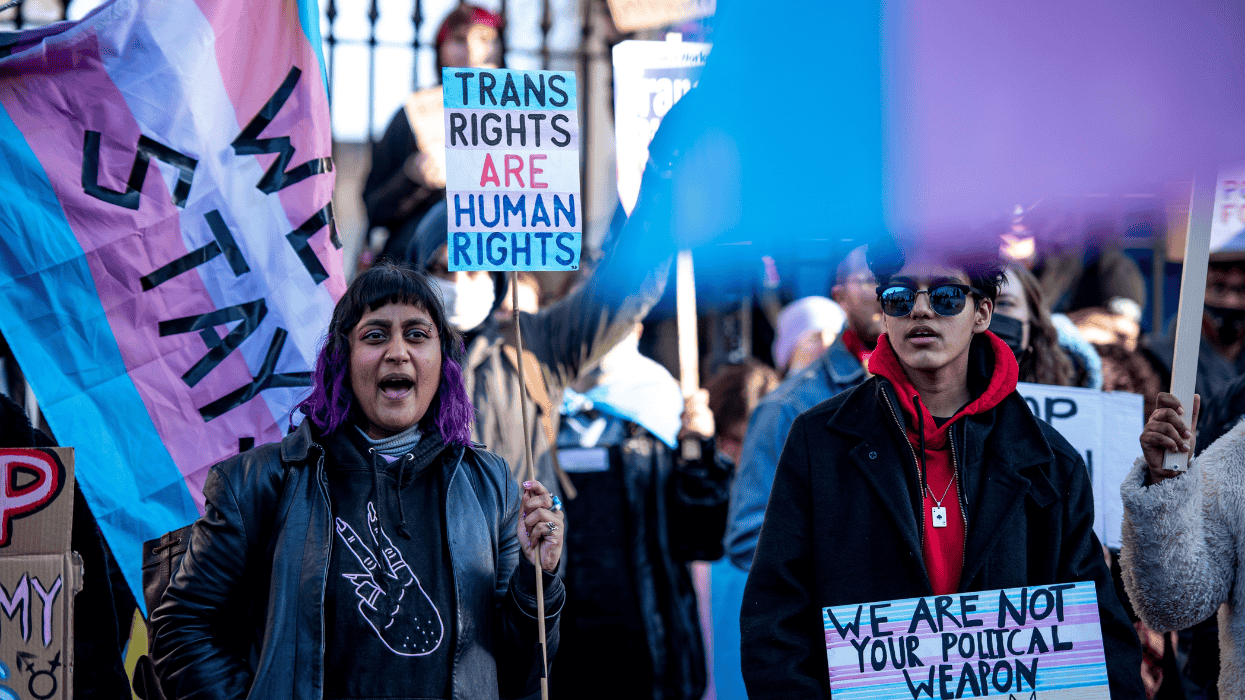
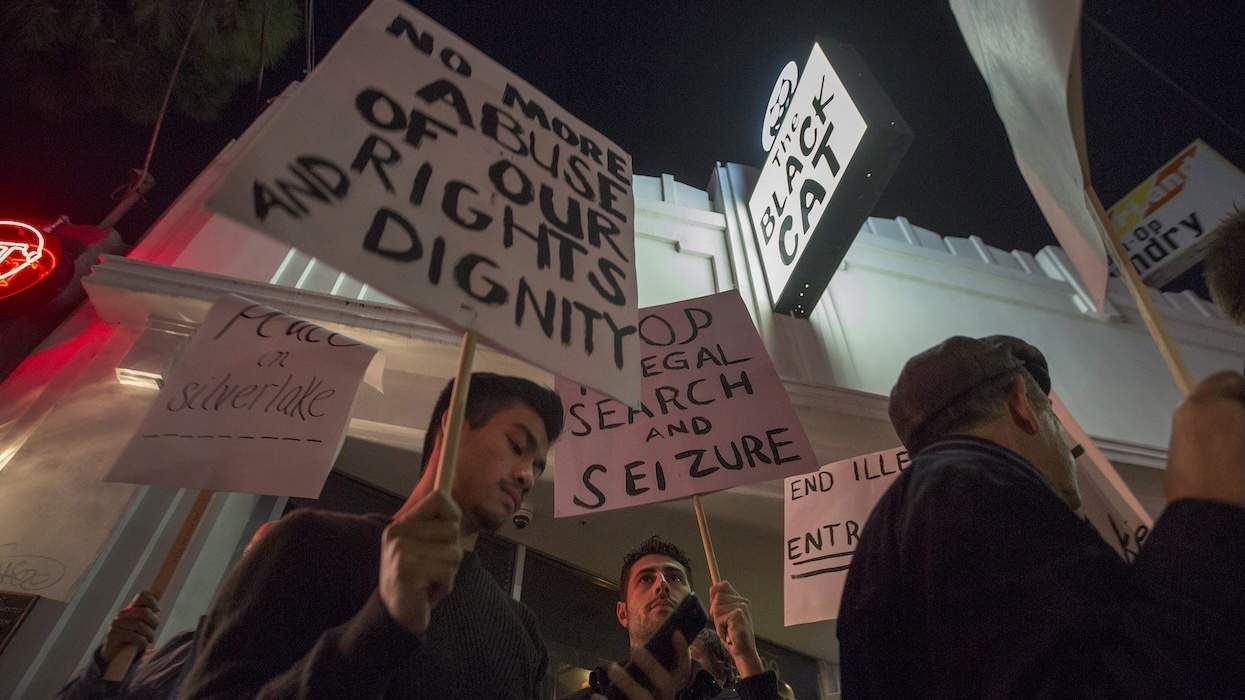
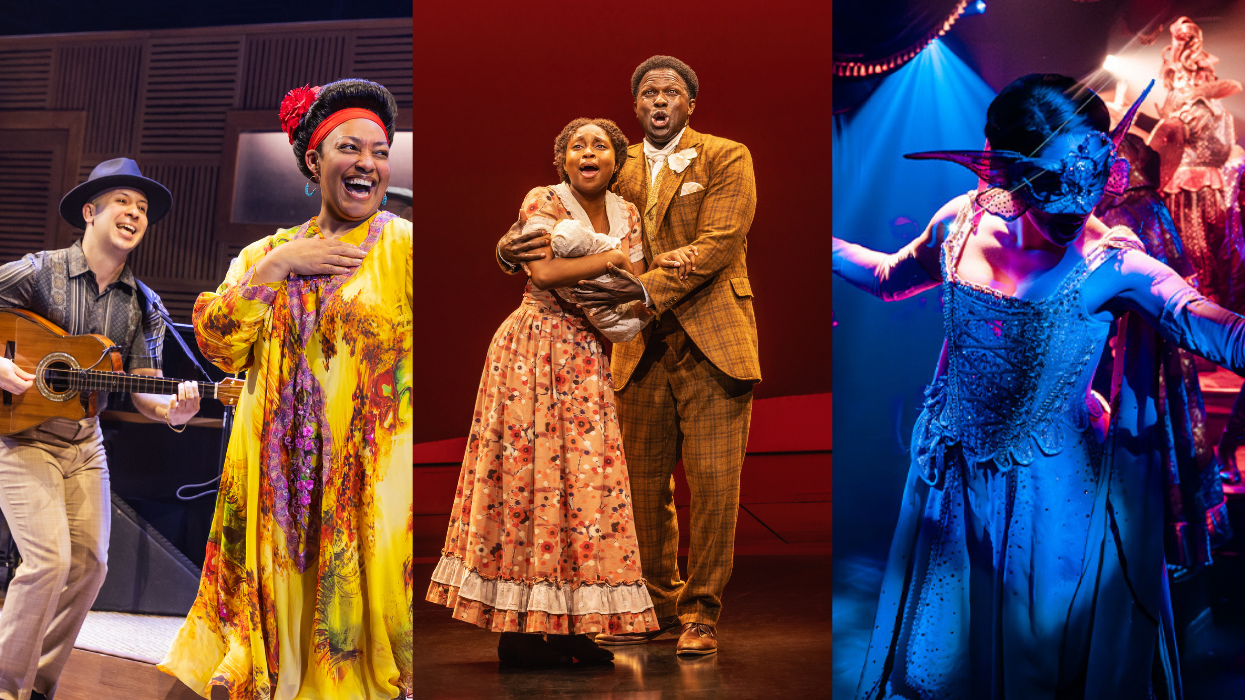

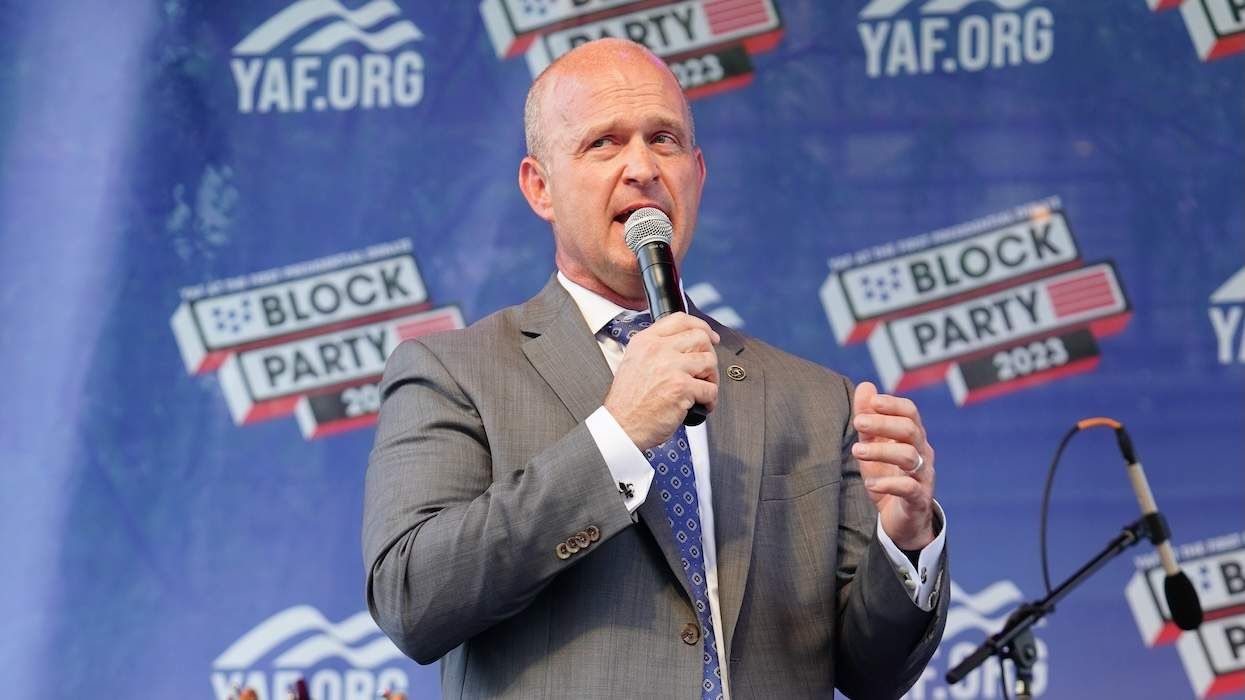

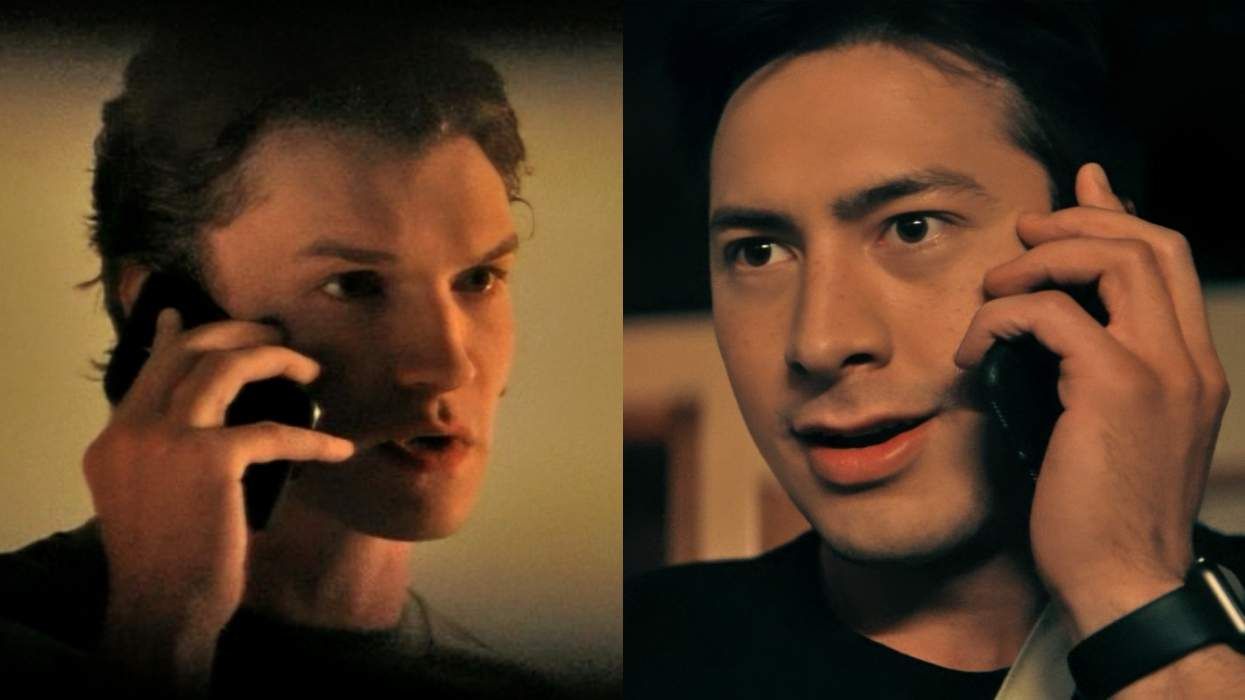

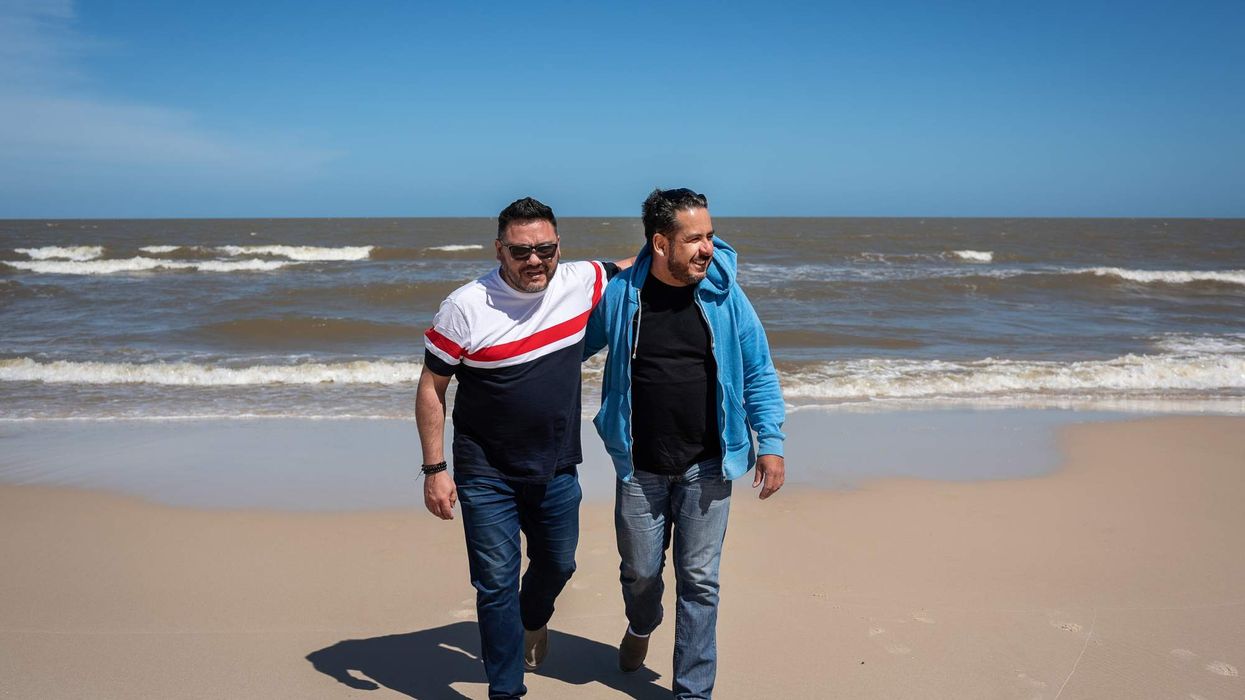




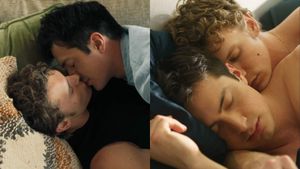

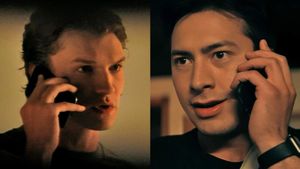

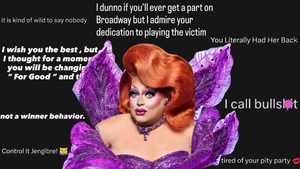



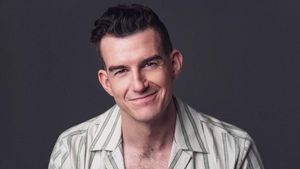


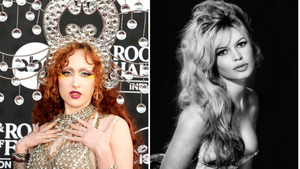





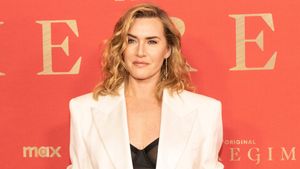










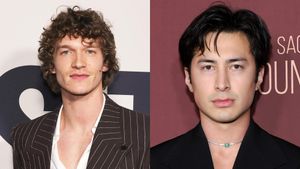







Charlie Kirk DID say stoning gay people was the 'perfect law' — and these other heinous quotes